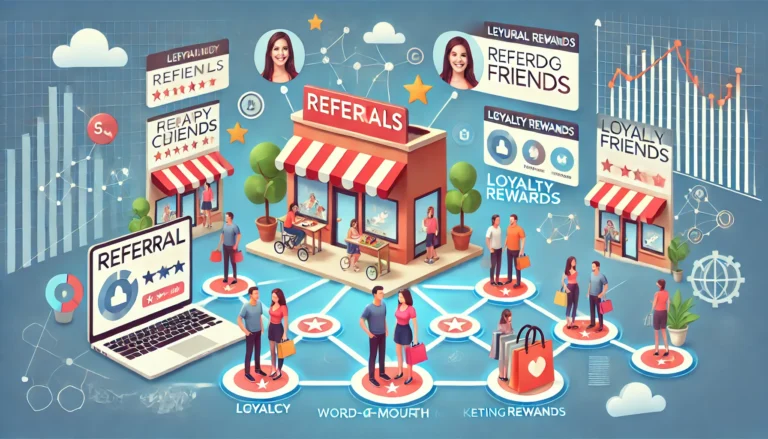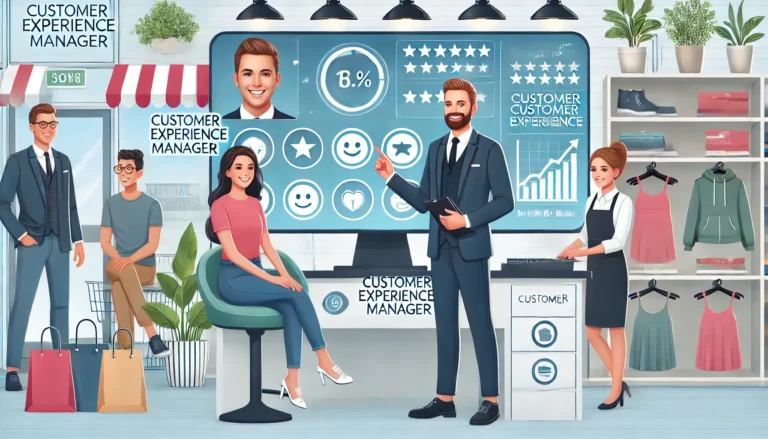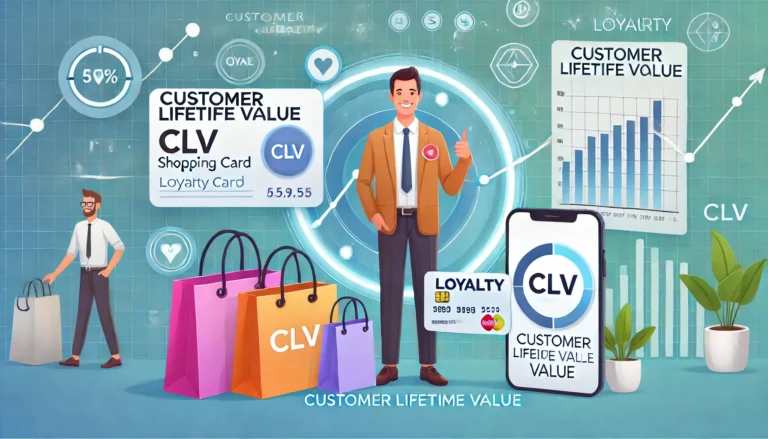As the way that many people experience retail is changing from a transactional point of view to an experiential experience, the importance of brand narratives in marketing strategies is growing. Any retailer that wants to grow and connect with their customers and audience, needs to utilize brand narrative strategy to create that deeper connection that so many customers need now.
Digital has shifted a lot of this, making stories and narratives as much a part of shopping as paying, or browsing. But in spite of the massive shift to digital, the in-store experience that can be created and amplified using brand narratives is something that can’t be matched on a website alone. In-store retail holds a unique space when it comes to enhancing that messaging.
What is a Brand Narrative?
If you are unfamiliar with the term, Brand Narrative is the personal story a brand creates about itself. This encompasses everything from the history of the brand to its values, mission and the overall vibe and experience it offers. Even components such as logos, colour schemes and the type of imagery that the brand selects, build up a kind of brand mood board/story aesthetic. It makes it really easy to make a connection when the brand and retailer feels like it has its own personality.
Much like the old saying goes, “people buy from people,” having a clear and consistent brand narrative that customers and consumers can relate to, or aspire to, can tap into this same psychological area. It creates a friendship and builds trust, customer loyalty, and uniqueness over its competitors.
The Distinct Value of Physical Environments in Storytelling
Shops are a part of this brand narrative, an extension of the interactivity of a digital platform, but with the physical presence of being in-store. In the past, typically only a major department store employed a window dresser, but now the entire styling of a retail store is a key part of the experience.
There are many companies that have pushed the boundaries of this. Agencies like Starch Creative have transformed the shopping experience for brands like North Face and Adidas, crafting sensory spaces, exploiting the importance of touch, feel and spatial immersion. Previously, store owners would open a store and maybe add a community space later; now, customer preferences even influence the selection of the store’s location. Stores no longer tuck community spaces away in an ante room; they place them front and center in the actual store.
As more and more retailers look at the unified retail approach, they are seeing their stores as not just points of sale, but community hubs. Brands become a common ground for communities to build around, with individuals becoming part of that brand’s story and advocating in a way that would be unfamiliar to those from the past. There is, as Brandon Ball from Starch Creative puts it, a “hunger” from consumers to be part of something bigger. It’s no longer about a retail brand having customers with brand loyalty, but rather full advocacy.
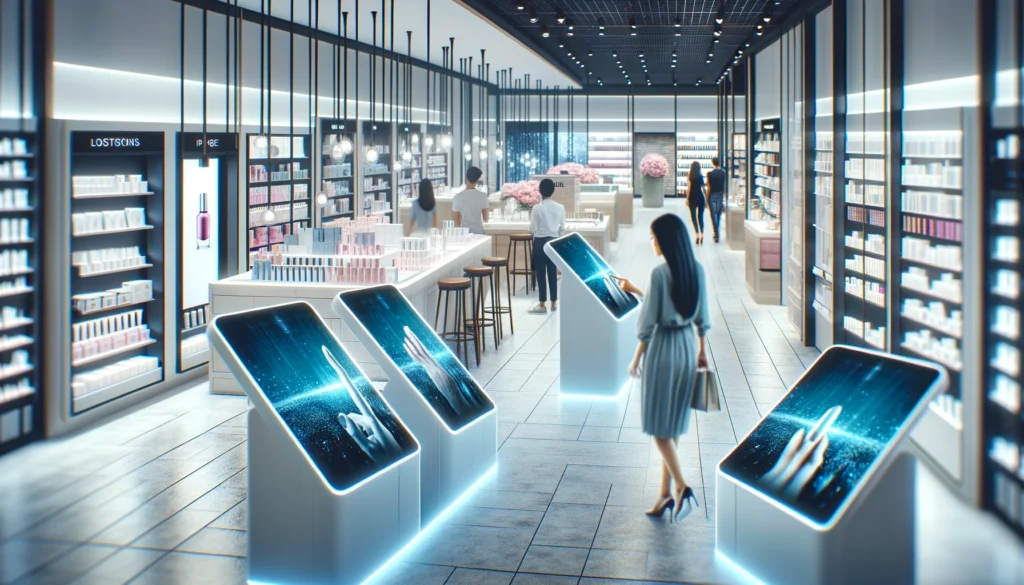
One example of this advocacy and community in action is the brand Lucy & Yak based in the UK. The company started as an online-only retailer with a very strong brand story and ethos. This has now transferred into an app, various online communities, and a number of retail stores across the UK in the less populous cities. So, for example, Norwich and Cambridge have branches, whereas London and Manchester do not. These become places for customers to go as a special destination. The retail experience also comes complete with recycling schemes, items unique to each location and a carefully selected staff that embody the spirit of the brand.
Another international retailer doing this is Sephora. Sephora has received cult status in a number of demographics, and is often a destination store as well as an online brand. One element of in-store personalisation and their digital touchpoints is the Sephora Color iQ technology.
Color iQ is an in-store scan that then allows individuals to match up to an exact foundation match across numerous brands. This technology is complemented by touch screens placed throughout the stores, where customers can browse products, read reviews, and learn about the latest beauty trends, effectively merging digital convenience with the tactile, exploratory nature of in-store shopping. This approach not only simplifies the product selection process but also educates customers, making them feel more confident in their purchases.
The Integration Of In-Store Touchpoints Enhances Brand Narratives
Brick-and-mortar stores dealing with different demographics need to take into account how individuals like to shop. While many love the brand story and want to be part of the community of that particular retailer, many individuals particularly within Gen-Z , do not necessarily want to interact with a real-life salesperson.
The inclusion of digital store assistants and virtual product assistants provides that level of expert knowledge and interactivity that customers seek, but without the need to interact with a person. These digital enhancements can act as dynamic in-store touchpoints, offering a seamless blend of digital storytelling and physical product interaction.
Using these in store, customers can engage with touchscreens to request information, receive personalised advice, or explore the brand’s story through interactive content. Adding another digital layer into the in-store experience enriches the customer’s journey by providing a frictionless interface to learn about products, their origins, and how they fit into the broader narrative the brand wishes to convey. For example, an interactive display could narrate the sustainability journey of a product line, connecting customers with the brand’s mission on a deeper level.
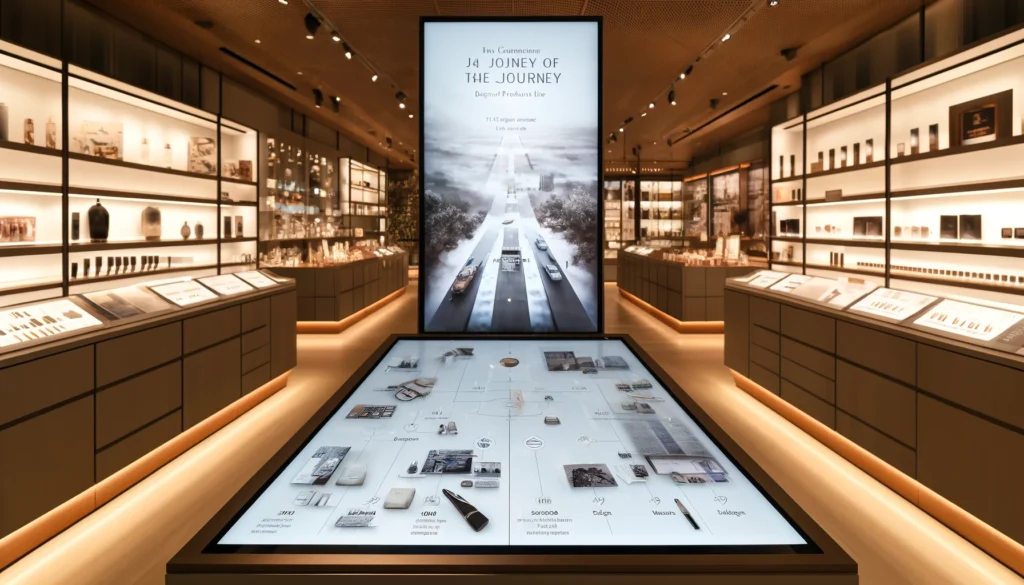
The Future Of Brand Narratives
The future of retail in general is not about selling products but building lifestyles and community. The shift to brand narratives and immersive in-store experiences that align with customers’ digital personas has already supercharged this process.
For any retailer looking to navigate this evolving landscape and harness the potential of in-store touchpoints to amplify their brand narratives, embracing innovative solutions is key. Executing these insights and actions correctly requires first gathering and analyzing data on your customer base. Building loyalty can take time, but it can save time, energy and money by ensuring a customer-centric retail approach.
If you are a retailer that is interested in exploring the possibility of enhancing customer engagement in-store, then get in touch today for a demo. refive allows you to interact with your customers seamlessly using a range of phygital in-store touchpoints that make sure that all transactions and experience are optimised towards delighting customers and delivering what they want.



